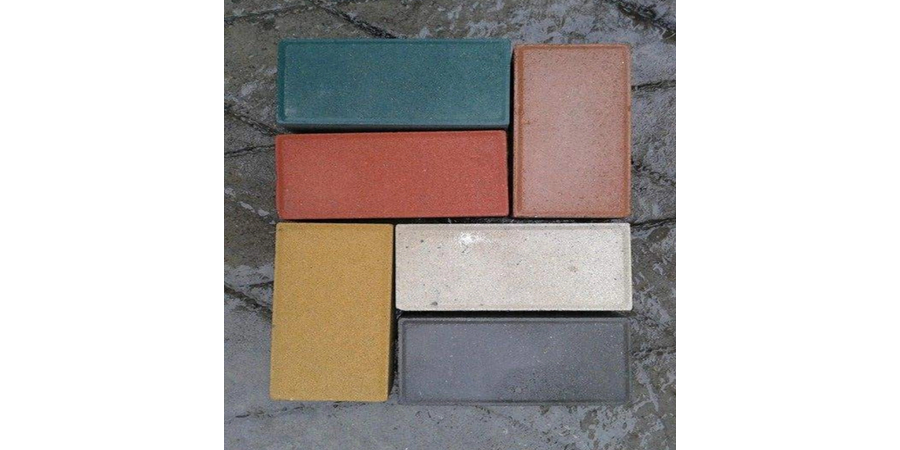Concrete
Color measurement for quality control in cement, concrete and building materials using Sensegood spectrophotometer
Nothing is more basic to architectural or decorative concrete then integrally colored concrete. Integrally colored concrete in itself is the largest decorative concrete market segment. [1]
The world has recognized that you can manipulate gray concrete and make it functional and beautiful if done correctly – says Brian Raleigh, business and brand manager at Davis Colors. [2]
Sensegood spectrophotometer assists by providing comprehensive color measurement information which can be used to control color quality at every stage; starting from ingredient selection to the last curing stage.
Apart from pigment proportion, there are many other things that affect the color of concrete such as; color and proportion of sand, cement and aggregate, amount of water added, curing and type of finish. It is always desirable to ample test colored concrete prior to pouring the entire concrete slab. You want to make sure that the color matches your expectations. Experts use Sensegood spectrophotometer to measure color of the test sample and compare with the desired reference. This inherently boosts confidence and leads to assured success prior to job advancements.
Further, curing is even more important in colored concrete because lack of curing produces inconsistent color. The use of a matching colored curing compound is always recommended when pouring colored concrete. Sensegood spectrophotometer assists in determining the closest match.
References :
- Understanding Colored Concrete: Common Problems, Why They Occur, and How to Avoid and Fix Them., By Chris Sullivan, ChemSystems Inc. - Concrete Network Columnist, https://www.concretenetwork.com
- The Inside Scoop on Integral Color for Concrete, by Erin Ansley, Jul 3, 2018, https://www.concretedecor.net
This article is about spectrophotometer or full spectrum colorimeter for color measurement in cement, concrete and its ingredients.